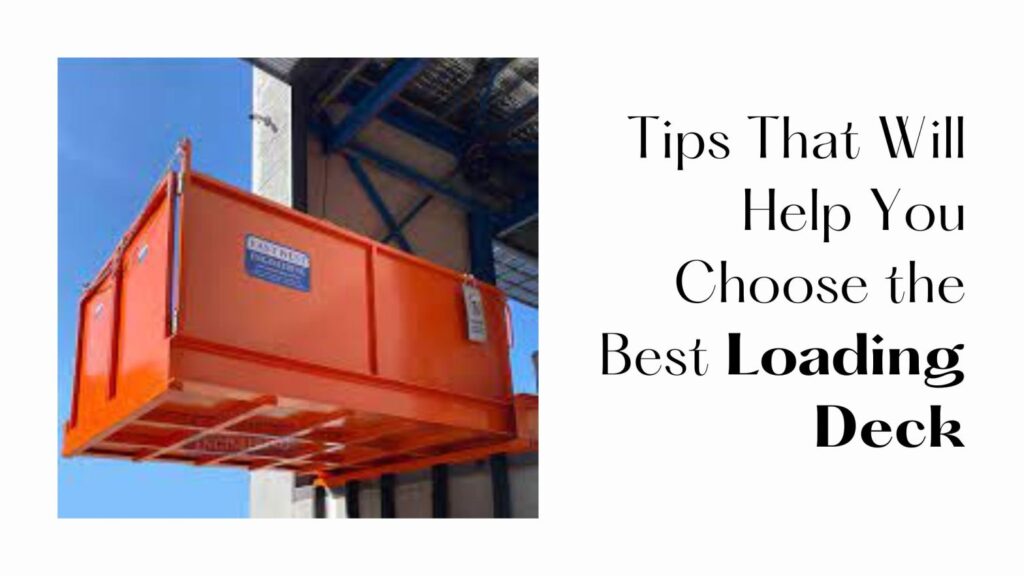Temporary loading bays are usually made of PVC walls, roofs, and aluminium or steel frames for stability. However, canvas and metal frame tents are also popular, particularly if you load small-boxed products onto delivery vehicles.
Certain people could choose large temporary constructions to serve as their loading decks. Using assistive equipment in material handling saves time and increases productivity. As a result, providing appropriate instruments for help is in both employers’ and employees’ best interests.
Maxi-space buildings and other loading bays offer incredible characteristics, including PVC walls and roofs, windows, roller doors, and other access doors. You won’t regret considering the following factors when choosing loading decks for your business.
The Vehicle Types
Before purchasing or renting, you must consider the kinds of vehicles that will use the loading bays. Structures must be tall enough to accommodate trucks for simple loading. Vans and trucks can, however, use the smaller loading bays.
In addition to size, the design will be influenced by the vehicles used. Some just permit the back of the car to enter, while others permit the full vehicle. Plan your structures carefully as an entrepreneur to prevent any hiccups during operations.
The Sort of Products
Some products come in big boxes, while others do so in little ones. Additionally, some items must be transported from a showroom, such as automobiles that are exceedingly large. In this situation, you must construct your temporary loading bays to properly accommodate the cargo.
As previously indicated, these bays may be constructed in various shapes and sizes and are built of metal frames and PVC or canvas walls. For instance, you need to have large enough loading bays if forklifts are required for loading and unloading.
Available Space
The size and form of the loading decks you add to an existing warehouse may depend on your available space. Because of this, professionals must evaluate the circumstances on the ground and develop the ideal design.
Small warehouses benefit most from custom designs, which are better purchased than rented ones. Make wise choices for your warehouse. Also, maintaining a clean dock area not only helps things go smoothly, but also demonstrates that your organization understands the need for safety.
Type of Material Desired
As indicated at the beginning, several materials are used to make temporary loading bays. PVC panels or canvas for the walls and roofing are your options. Compared to temporary and permanent brick-and-mortar constructions, all solutions are reasonably priced.
Only certain loading bay designs and sizes are suitable for certain materials. For instance, if you want to utilize canvas, your options are restricted by the loading bay’s size. Large bays are best built utilizing reinforced PVC panels and frames made of hardened steel.
Length of Use
Even if it is constructed of temporary materials, a permanent loading bay should be considered if your busy warehouse has been used for some time. According to specialists, many of these materials, like PVC and steel frames, are as good as those used in permanent constructions. They can survive for many years without the need for maintenance and repairs.
Consult a Professional
Now, you are familiar with selecting the best loading bay for your warehouse. Although it may seem simple, it may be exhausting and intimidating. Therefore, you are strongly advised to employ a specialist to guide you through this procedure immediately.
